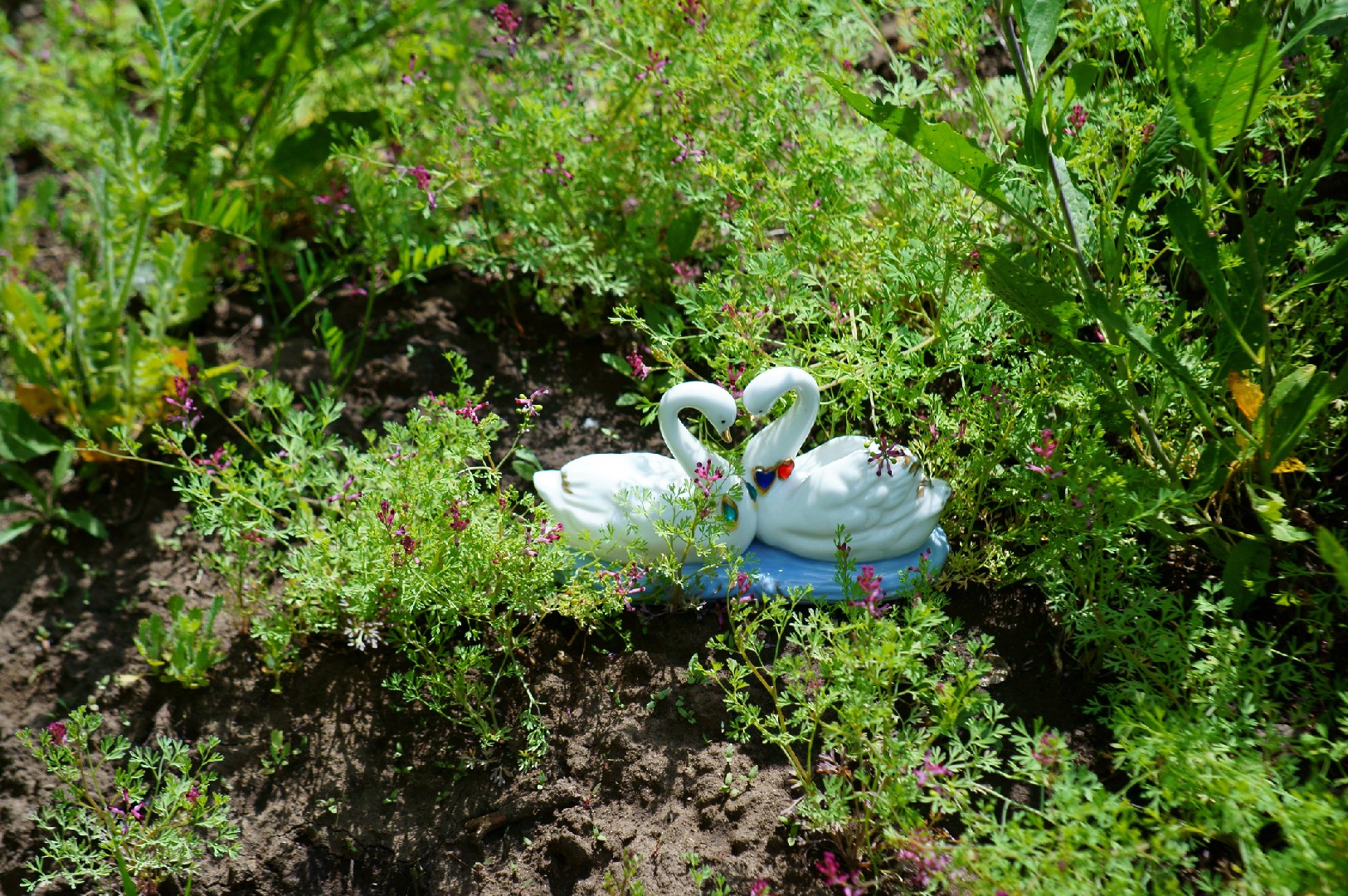![Rectangle]()
Designing for Diversity: Creating Varied Habitats
Designing a wildlife-friendly garden involves creating varied habitats that can attract and support a diverse range of species. By incorporating structured layers, water features, and native plants, you can provide different types of habitats for birds, bees, and butterflies to thrive.
One of the key principles of designing for diversity is to create structured layers in your garden. This means designing your garden in a way that includes tall trees, shrubs, and undergrowth. These different layers provide birds with nesting sites and shelter, while attracting a variety of insects that serve as food sources for other wildlife. For example, planting tall trees such as oak or maple can provide nesting sites for birds, while shrubs like butterfly bush or holly can attract butterflies and bees.
Water features are another important aspect of a wildlife-friendly garden. By incorporating birdbaths, small ponds, or even a simple water fountain, you can create a water source for wildlife. Birds will use birdbaths for drinking and bathing, while ponds can attract frogs, dragonflies, and other water-loving species. Adding a water feature also helps to create a soothing and inviting atmosphere in your garden.
In addition to structured layers and water features, using native plants is crucial for attracting local wildlife. Native plants are plants that have evolved in a specific region and have adapted to the local climate and ecosystem. They provide food, shelter, and nesting sites for birds, bees, and butterflies. By using native plants in your garden, you are helping to create a balanced and sustainable ecosystem. Native plants also require less maintenance and are more resistant to pests and diseases.
When selecting native plants for your garden, consider choosing a variety of species that flower at different times of the year. This provides a continuous source of nectar and pollen for butterflies and bees throughout the seasons. It is also important to provide a diversity of plant species to accommodate the different needs of wildlife. Some species prefer sunny areas, while others thrive in shade. By offering a range of habitats, you can attract a wider variety of species.
Designing a wildlife-friendly garden is a rewarding and fulfilling experience. Not only do you create a beautiful and vibrant space, but you also contribute to the conservation of local wildlife. By incorporating structured layers, water features, and native plants, you can create a haven for birds, bees, and butterflies. So start planning your wildlife-friendly garden today and enjoy the wonders of nature right in your own backyard.





